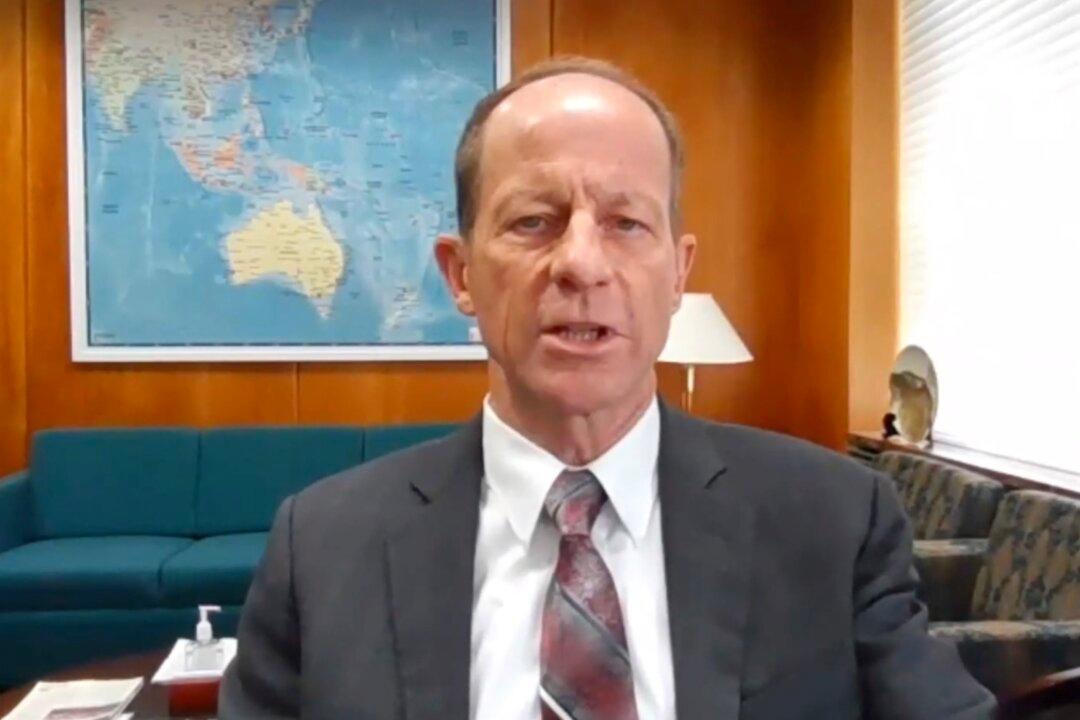One theme dominated the discussions at this year’s first meeting of the President’s Council of Advisors on Science and Technology (PCAST) earlier this month. The dominance and pre-eminence of the United States in the development of future technologies is under threat from an adversary: China.
The conversation also focused on considering new models for U.S. government laboratories to engage with industry and universities, and meeting educational and workforce needs in science, technology, engineering, and mathematics (STEM) fields.




